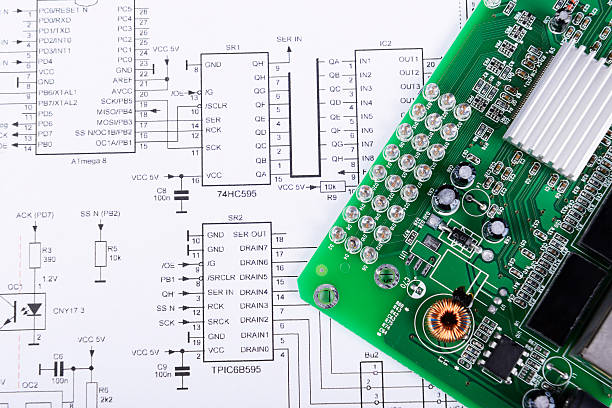Definition
Crosstalk refers to unintended electromagnetic coupling between PCB traces, wires, between PCB traces and wires, cable assemblies, components, and other electronic parts exposed to electromagnetic fields. These coupling loops typically include PCB traces.
Impact on System Signals
These effects are not limited to clock and periodic signals; other critical system circuits can also be affected, including data lines, address lines, control lines, and I/O lines. Clock and periodic signals are common sources of problems and can cause functional issues elsewhere on the board, for example producing high-frequency harmonics that affect 2.4 GHz communication.
Characterization
Crosstalk is characterized by RF energy coupling from the aggressor line to the victim line. EMI-sensitive currents can also couple RF energy into other circuits, including interconnects.
Typical Coupling Topology
Often crosstalk involves three or more conductors, as shown below. Two conductors carry useful signals while a third conductor acts as a reference; capacitive and inductive coupling between these conductors allows energy transfer.
Coupling Mechanisms
Capacitive coupling typically occurs when one PCB trace is above another. This coupling depends on the distance and overlapping area between traces; even short overlapping segments can produce capacitive coupling. Inductive coupling occurs when traces are physically close; it originates from the expanding and contracting electromagnetic fields produced by switching currents on the traces.
Forward and Backward Crosstalk
On parallel traces two forms of crosstalk can be observed: forward and backward. Interference that appears on the victim line at the location of the aggressor's excitation is referred to as backward crosstalk. Interference observed at the receiving end of the victim line is referred to as forward crosstalk.
PCB Layout Recommendations to Reduce Crosstalk
- Group device logic families by function and strictly control bus architecture.
- Reduce the length of parallel routing.
- Apply filtering to controlled-impedance traces or traces rich in harmonic energy.
- Avoid parallel routing and maintain sufficient spacing between traces to reduce inductive coupling.
- Reduce the distance between signal layers and the reference ground.
- Lower trace impedance and reduce the drive level of signals.
 ALLPCB
ALLPCB








